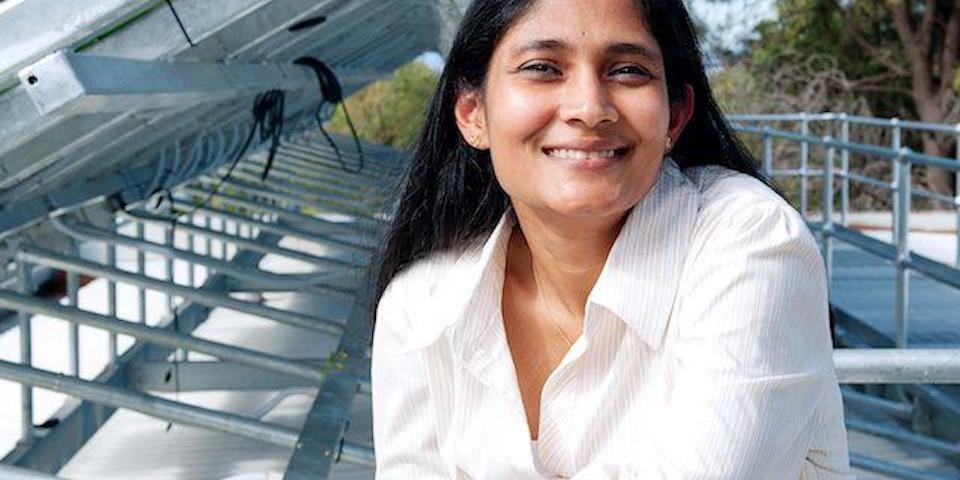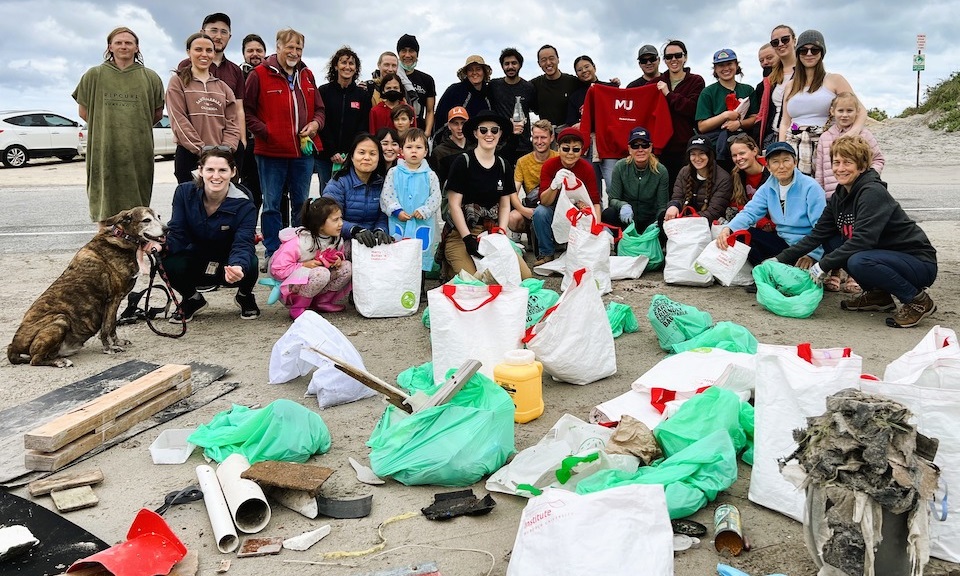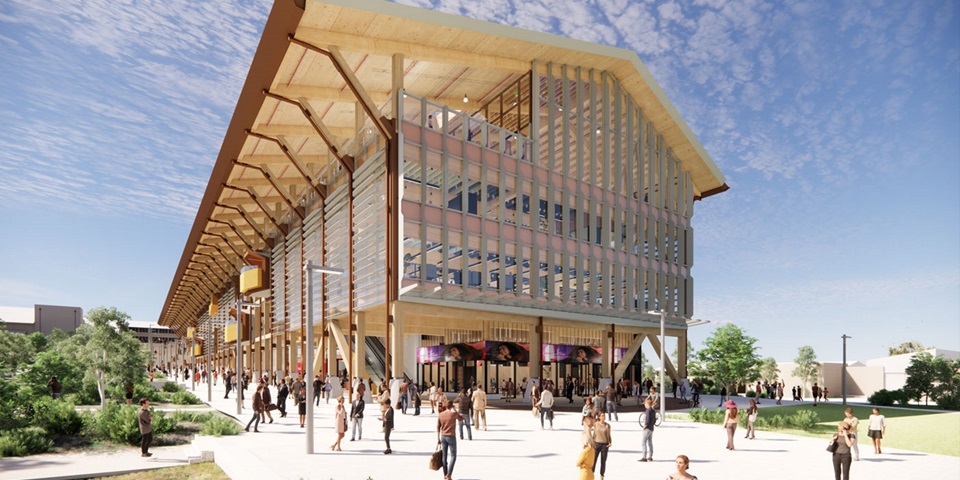A sustainability mindset guides all our activities at Murdoch University
We take ecologically sound approaches to managing our energy, water and waste, as well as our biodiversity, infrastructure and transport. By 2030, this work will deliver a truly sustainable campus – one that achieves net zero emissions and zero waste to landfill and is an exemplar in operating sustainably.
‘Walking the talk’ in sustainability is about being true to the University's founding values but also about being a role model, partner and support for others through teaching, research and engagement.
Key priority areas
Net zero emissions by 2030
We are working on a carbon roadmap that will outline a credible pathway towards net zero emissions by 2030. It is based on a 2022-23 carbon inventory and looks at a combination of technologies that includes geothermal, solar and battery storage.
This will drive ancillary processes such as macroalgae digestion and pyrolysis. This will reduce waste related emissions and create, through biochar, carbon offsets further aiding decarbonisation efforts.

Zero waste to landfill by 2030

Sustainability on campus
The lands where Murdoch University, Beeliar Regional Park and the Banksia Woodland Reserve sit were first used by the Whadjuk Nyoongar people to move between the region’s freshwater lakes and wetlands.
Today, the various conservation activities done by Murdoch University, Murdoch Environmental Restoration Group (MERG) and other volunteers lets you experience this special woodland and its rich history.
Murdoch University enjoys excellent public transport links from Murdoch Train Station, with covered bus stops along South Street and Discovery Drive.
Plan your journey to Murdoch University using public transport.
We have end-of-trip facilities on campus including showers, bike lockers, bike compounds, bike racks and a bike repair stand to encourage staff, students and visitors to choose low impact travel options.
We are committed to diverting waste from landfill. Our campuses currently reuse and recycle furniture and recycle containers, e-waste, batteries, commingled recycling and food organics, ensuring these resources are diverted from landfill and processed for reuse again and again.
At our Animal Hospital, we prioritise recycling x-rays and non-contaminated operating room plastics, PVC plastics, syringes, masks, and PPE, and are applying this ethos across our teaching and research laboratories, too.

How can you help?
With sustainability a key focus for the University, it is important a sustainable mindset is embedded into everything we do. Everyone at Murdoch plays a role in supporting a sustainable future by taking action to prioritise reducing their production of waste and emissions.
Bring a keep cup and water bottle every day. Read up on how to recycle right to ensure you’re recycling correctly. Also remember to use our Containers for Change facilities or exchange your containers (10c per compliant container) at the Guild Markets every second Thursday of the month at our South Street Campus.
Remember to switch off lights, heaters and air-conditioners whenever possible. Also consider walking, cycling and taking public transport to campus, which is not only good for the environment but supports your physical and mental health.
Join us to help water seedlings planted at Beeliar Regional Park, Chelodina Reserve.
Our clubs include the Climate Action Special Interest Group, Murdoch University Environmental Science Association (MUEnSA), Murdoch University Roots and Shoots, Murdoch University Wildlife Association and Murdoch Agriculture Science Student Association (MASSA).
The Murdoch Community Garden is located on campus in a permaculture inspired food forest at the Environmental Technology Centre. The community garden produce vegetables and herbs in communal garden beds, tend fruit and nut orchards and host busy-bees, workshops and BBQs throughout semester.


